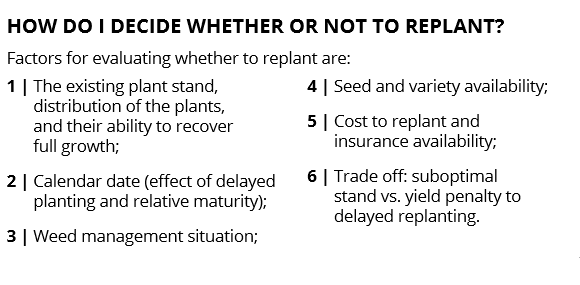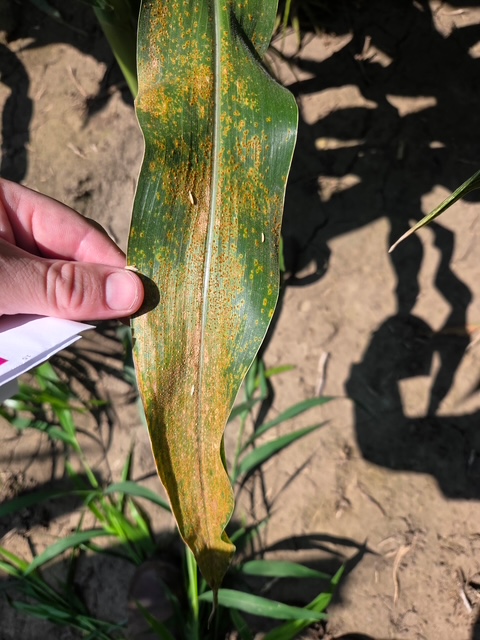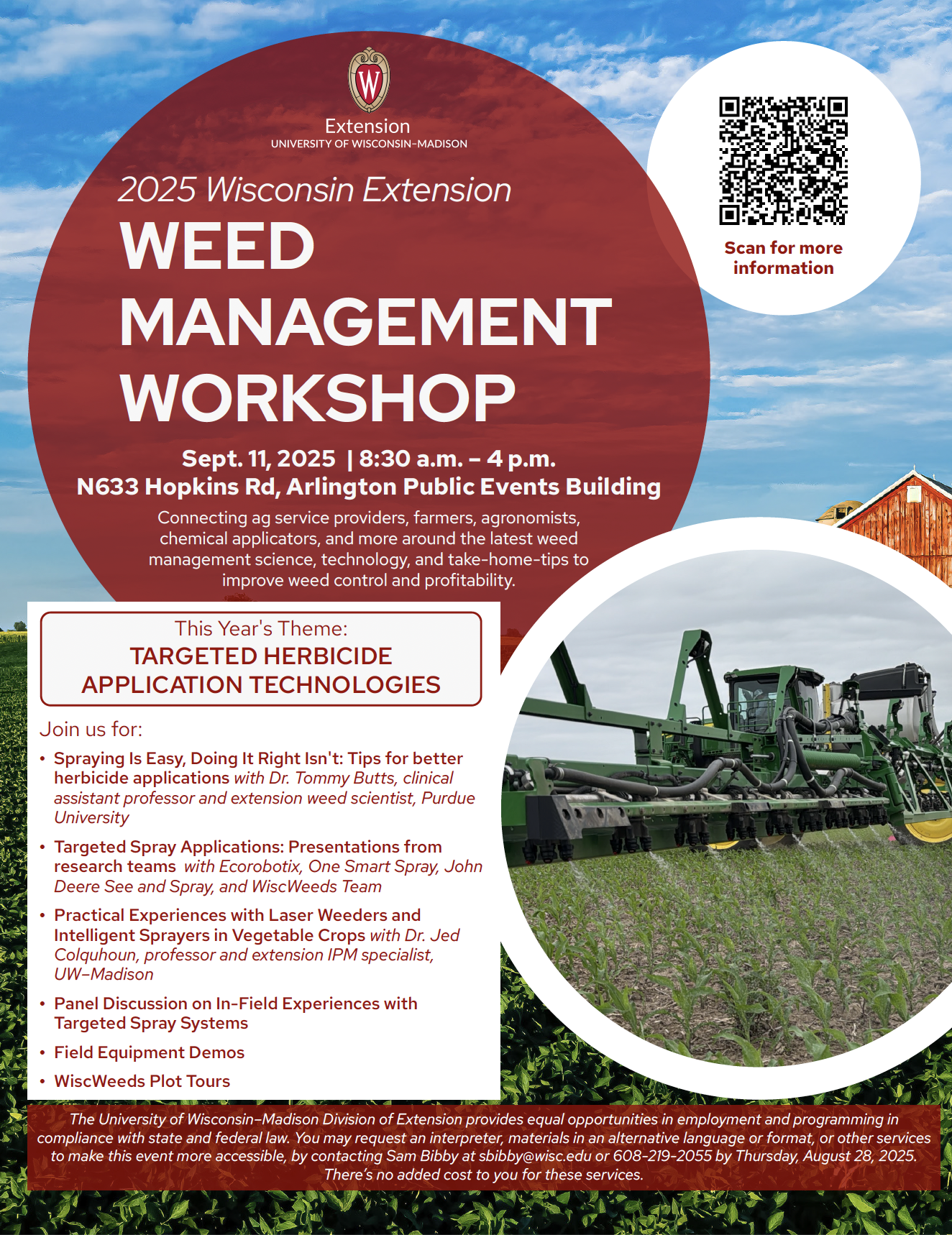This past Monday, USDA’s National Ag Statistics Service reported that 17% of Wisconsin’s soybeans have been planted, with south-central Wisconsin farmers already at 40%. In my opinion, the shift toward earlier planting may be influenced by research funded by the Wisconsin Soybean Marketing Board (WSMB) and the North Central Soybean Research Program (NCSRP), both of which advocate for early-planted soybeans. If that’s the case, I’ll gladly take the blame! Thanks to this trend, soybeans have already begun to crack and emerge. As farmers, agronomists, and technical service providers assess their 2025 soybean stands, our Science For Success team has compiled key factors to help make any replant decisions as straightforward as possible
For specific WI recommendations please see below!
- Get an accurate stand assessment. We are often drawn to the worst areas of fields and over-blow how bad the overall stand really is. You can go old school and use the tape or hula-hoop method or try a digital approach such as Bean Cam the WSMB funded soybean replant app or aerial imagery.
- An effective stand is obviously important to maximize soybean seed yield. However the downside yield risk for a sub-par stand is minimal until stands fall below 50,000 plants per acre. The synergy of early planting coupled with breeders adding 3x yield to soybean branches at low populations have effectively reduced the yield penalty for thins stands by 1/2 (Suhre et al. 2014) . Therefore we recommend the following.
- Early planted soybean yield is maximized with stands that range from 100,000 (high yield environment) to 135,000+ (low yield environment) plants per acre.
- When soybean stands are less than 50,000k plants per acre, inter-plant new seed with a similar maturity into the existing stand. DO NOT TEAR UP THE STAND AND START OVER.
- When stands fall between optimal and 50,000k plants per acre Think Twice Before Replanting Soybeans! Our data shows a nominal ~2 bu yield increase in this situation. Even if you have a “free replant” guarantee the numbers don’t make economic sense. As a grower you are better off investing $$$ in an effective in-season residual herbicide to control weeds such as Palmer and waterhemp.
References:
Gaspar, A. and S.P. Conley. 2015. Responses of canopy reflectance, light interception and soybean seed yield to replanting sub-optimum stands. Crop Sci.55: 377-385. doi: 10.2135/cropsci2014.03.0200
Suhre, J.J., Weidenbenner, N., ‡Rowntree, S., Wilson, E., S., Naeve, S. Casteel, S.P. Conley, Diers, B., Esker, P., Specht, J., and Davis, V. 2014. Soybean Yield Partitioning Changes Revealed by Genetic Gain and Seeding Rate Interactions. Agron. J. 106:1631–1642.






